hypermobility in babies uk
The older you are the less likely it is you will be hypermobile. Hypermobility in Children Description or Diagnosis.

How Hypermobility And Low Muscle Tone Affect Your Baby S Development Skills For Action
Most children are flexible but some more so than others.
. Hypermobility in babies or children is a condition whereby a child has more than normal range of movement in some or all of the joints in. It is extremely common in children having being reported in 25 to 50 of those younger than 10 years of age. This readiness for action depends on the sensitivity of the stretch receptors in the muscles.
Hypermobility isnt an illness or a disease and as such cant be cured. Hypermobility is commonly seen in young children. Hypermobility in children refers to joints in the body that moves easily beyond their normal range due to weakness of the connective tissue collagen in the muscles ligaments tendons and skin.
The older you are the less likely it is you will be hypermobile. The CSP is the professional educational and trade union body for the UKs 60000 chartered physiotherapists physiotherapy students and support workers. Most children will get less flexible as they.
It is extremely common in children having being reported in 25 to 50 of those younger than 10 years of age. Hypermobility refers to an increased range of movement in multiple joints for their age. It is not an illness or disease and is a normal variation.
A joint is the place on the body where two bones meet. It affects 7 10 of school age children in the UK. Often get tired even after rest keep getting pain and stiffness in your joints or muscles.
Using positions that require holding for long periods of time with hands and raised elbows can lead to pain and nerve entrapment and should be avoided. The symptoms of hypermobility depend on the type your child. The ligaments that offer stability are more lax and therefore cause increased flexibility.
Joint hypermobility in babies and children When you have joint hypermobility it means your joints are more flexible than in other people. The term muscle tone refers to the muscles readiness for action. Up to 4 in 10 of young teenage girls and about 1 in 10 of young teenage boys have hyper-flexible joints.
It is now slightly. All joints have a cavity containing a small amount of fluid which allows movement to happen. The HMSA The Hypermobility Syndromes Association.
Children with hypermobile EDS will be more bendy than their peers and this hypermobility can cause problems. ABHBPIU10891 January 2013 Page. Joint hypermobility syndrome is when you have very flexible joints and it causes you pain you may think of yourself as being double-jointed.
Hypermobility is commonly seen in young children. Joint hypermobility in babies and children is even more common and usually causes no problems. However for most of these children there is no associated pain.
This is a normal finding and very common in children. Hypermobility is a condition in which you have more movement in your joints. Learn more For more information visit.
Hypermobility may affect just one joint or many joints. About 1 in 10 children with hypermobile joints experience pain related to exercise and this is then referred to as a hypermobility spectrum disorder. It is not an illness or disease and is a normal variation.
Advice for hypermobility oxleasnhsuk Children with hypermobile joints have too much movement in their joints. Hypermobile joints those that move beyond their normal range of motion are common affecting 8-39 of school-age children with girls more commonly affected than boys Tofts et al 2009. Never been a problem before.
The recommendation on when community management is usually appropriate is based on musculoskeletal triage guidance for children and young people RightPath 2017. Site by CTI. It usually affects children and young people and often gets better as you get older.
It affects 7 10 of school age children in the UK. Hypermobility literally means more movement. Most UK midwives teach a way of holding and feeding a baby that is difficult uncomfortable and unsustainable for women with hEDSHSD.
Hi I was diagnosed as hypermobile during my pregnancy. This causes pain and increased risk of injury such as dislocation strains and sprains. Hypermobility can be generalised or affect just peripheral joints for example hands and feet Foster 2013.
Hypermobility in children Under 5s September 2021 2 are managing this well they can try standing on a cushion on a carpeted floor or throwing and catching a ball at the same time. See a GP if you. If your child is under the age of 4 they may struggle with this exercise.
Between 25-50 of children under 10 are considered hypermobile. If the sensitivity to stretch is very low the muscles are slow to respond and they appear to be weak and floppy. Liz Clayton previously Hardy is an Advanced Physiotherapist in Paediatric Rheumatology.
It is sometimes referred to as being double jointed and is quite common about 1 in 10 people are hypermobile. My 9 month old son has rolled over both ways could roll for England sit up unaided for many hours if he had to and can stand and bear weight for some time if I gentlyvery lightly hold him with one finger. Hypermobility may affect just one joint or many joints.
Most children will get less flexible as they get older and should improve as the childs strength and. Parent Leaflet- Symptomatic Hypermobility Activity sheets for hand strength. Its just the way someone is made and often runs in families.
Infants who appear to be floppy and have hypermobile joints are often given a diagnosis of low muscle tone. The Hypermobility Syndromes Association is here to support everyone with symptomatic hypermobility whatever the cause however mildly or severely they may be affected and whether or not they are diagnosed. Most children are flexible but some more so than others.
This can occur with just a couple of joints or all joints. RightPath 2019 and expert opinion in a review article Smith and Ramanan 2013Expert opinion describes the doctors role as establishing an accurate diagnosis of joint. Sometimes children are severely affected.
With a holistic solution-focused approach to living well with a hypermobility syndrome our expert. Hypermobility refers to an increased range of movement in multiple joints for their age. With hypermobility ligaments are relaxed and the joints they support are more flexible and move easily beyond the normal range expected for that joint.
How common is hypermobility. Castori and Hakim 2017. Instability of the joints might lead to dislocations or subluxations partial dislocations children may suffer from pain their joints may click and they may fidget to relieve discomfort.

Is There A Happy Ending For Children With Hypermobility Double Jointed

How Hypermobility And Low Muscle Tone Affect Your Baby S Development Skills For Action

What Is Hypermobility In Babies Children Young Adults Therapy Stars
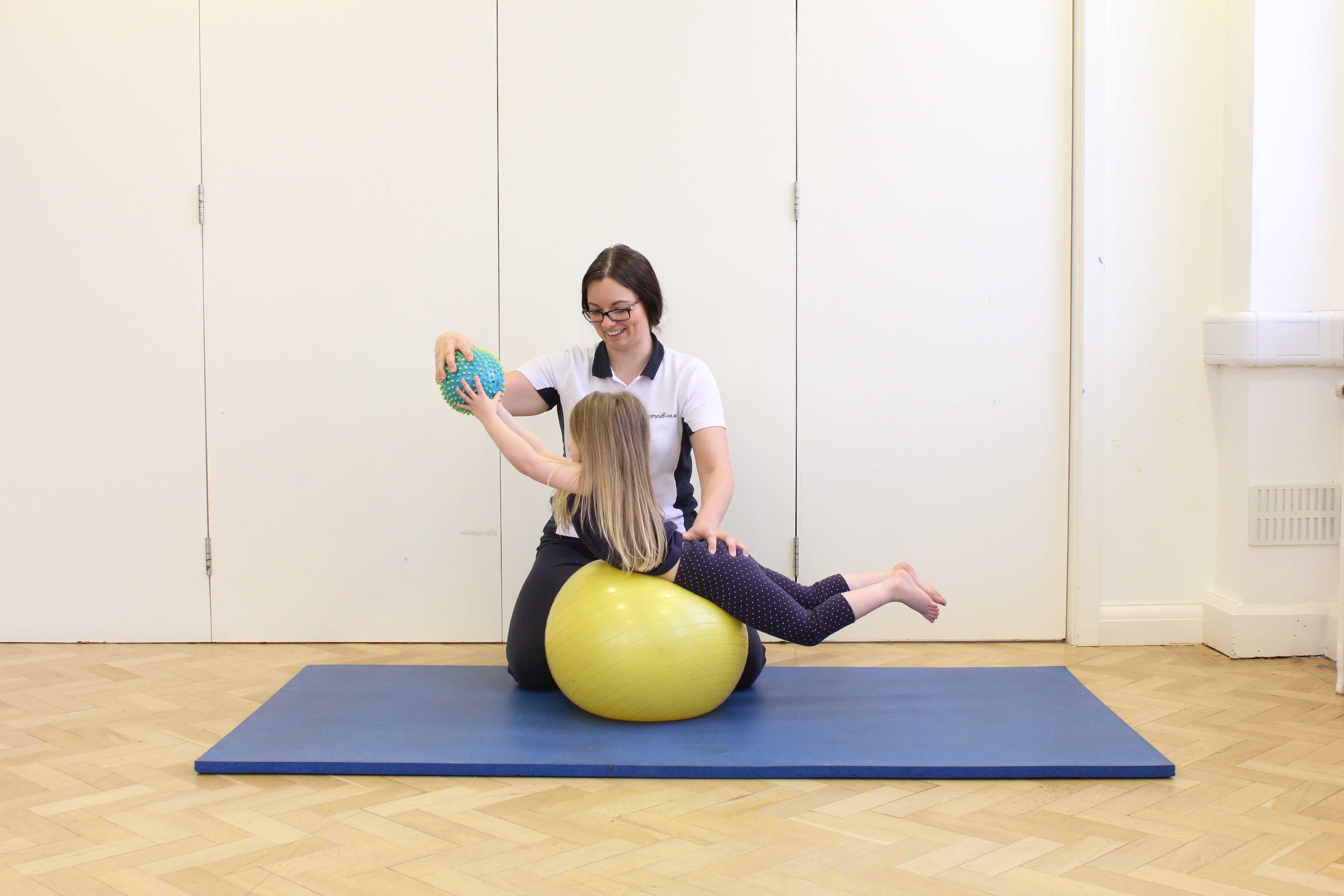
Hyper Mobility Syndrome Children Conditions Paediatric What We Treat Physio Co Uk

What Is Hypermobility In Babies Children Young Adults Therapy Stars

Joint Hypermobility In Babies And Children Emma S Diary

How Hypermobility And Low Muscle Tone Affect Your Baby S Development Skills For Action
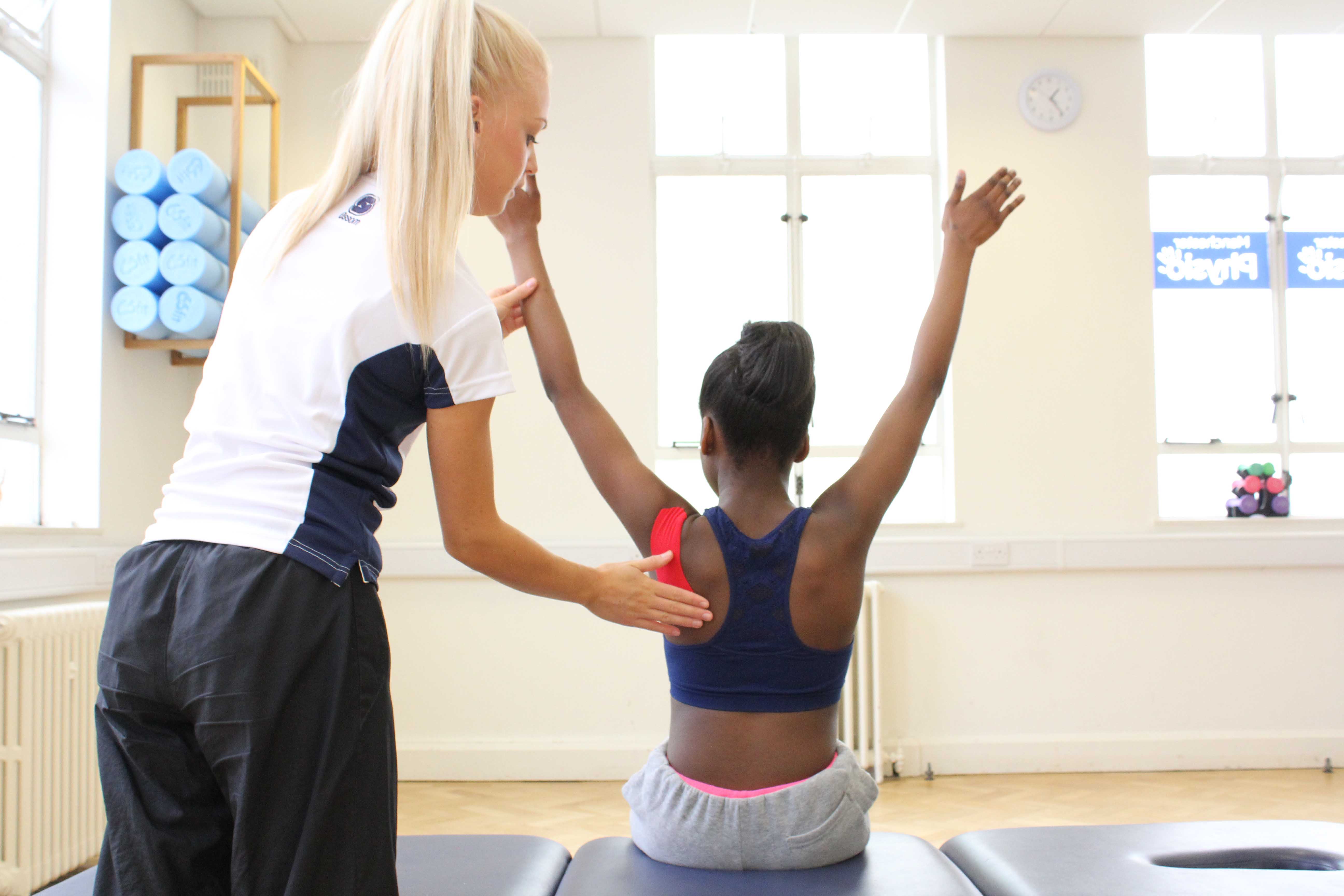
Hyper Mobility Syndrome Children Conditions Paediatric What We Treat Physio Co Uk
Toddler Returns Parents Accused
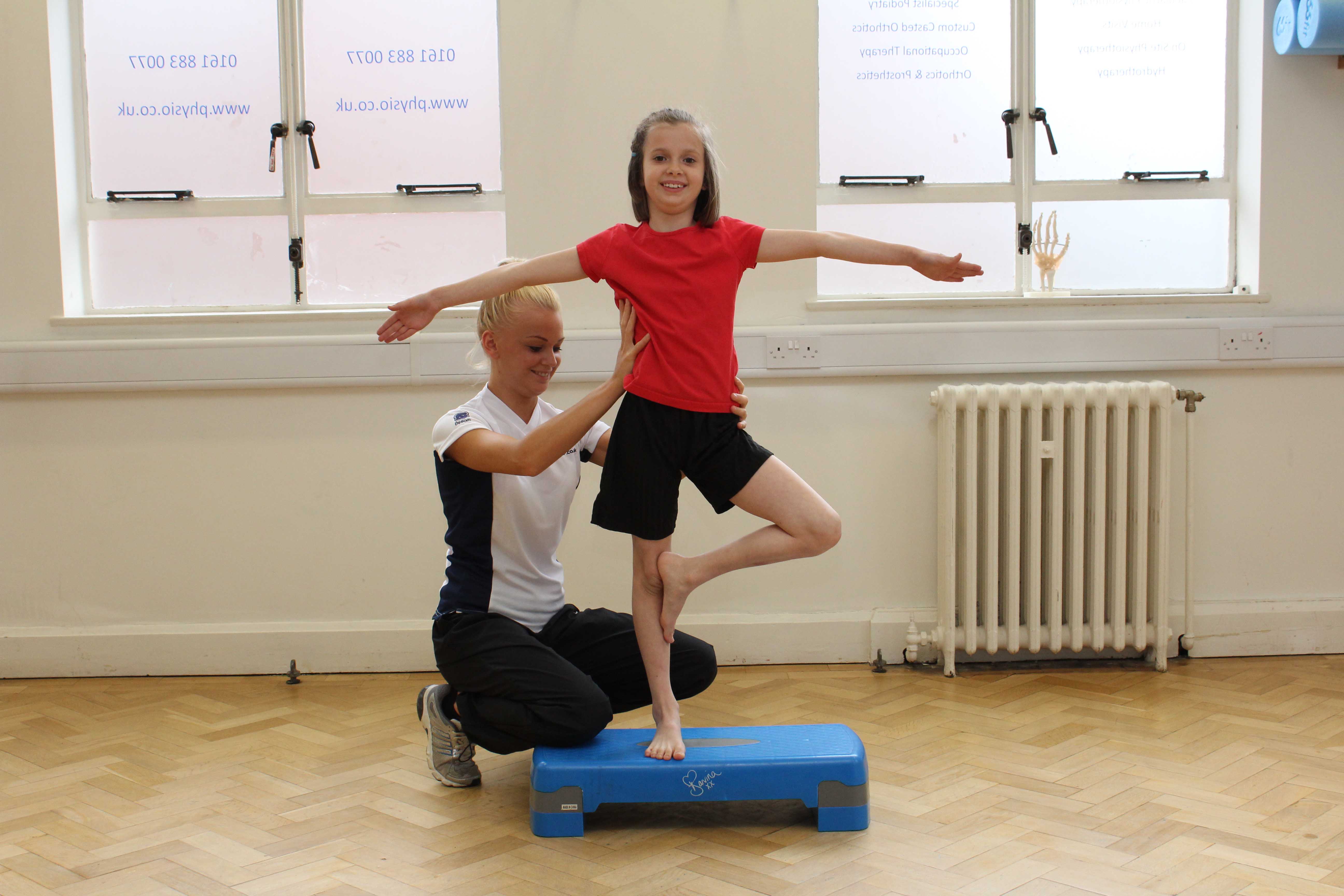
Hyper Mobility Syndrome Children Conditions Paediatric What We Treat Physio Co Uk

Is There A Happy Ending For Children With Hypermobility Double Jointed
Physiotherapy For Children Provided By Kidsphysio In Milton Keynes Bedford Flitwick Ampthill Hypermobility

How Hypermobility And Low Muscle Tone Affect Your Baby S Development Skills For Action
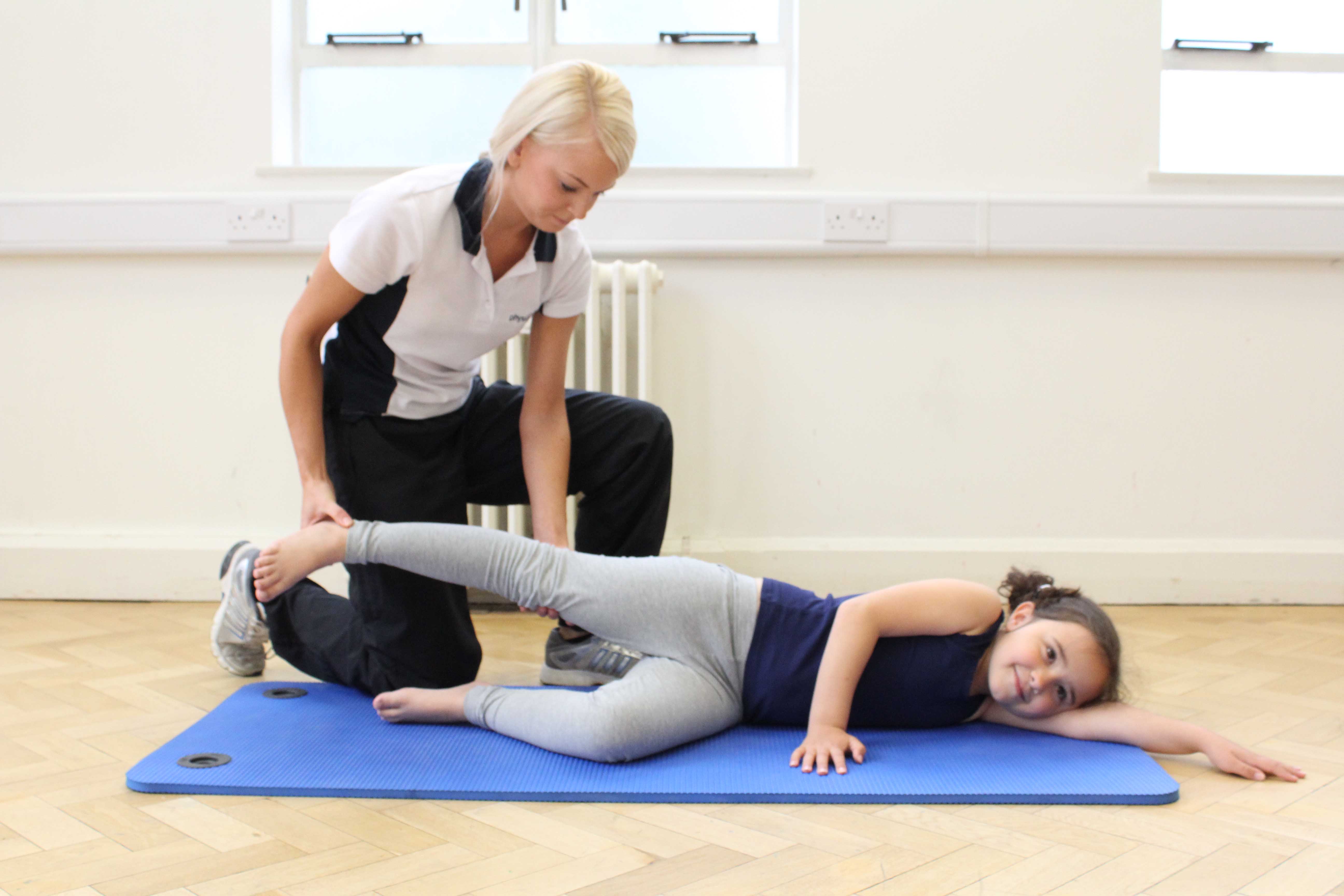
Hyper Mobility Syndrome Children Conditions Paediatric What We Treat Physio Co Uk
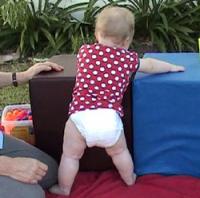
How Hypermobility And Low Muscle Tone Affect Your Baby S Development Skills For Action
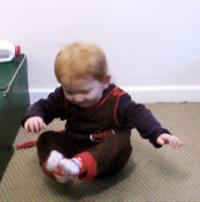
How Hypermobility And Low Muscle Tone Affect Your Baby S Development Skills For Action

Steps Charity Worldwide How Healthy Are Your Baby S Hips Please Share 5 Way To Check Your Babies Hips Dislocated Hips Are Not Visible Or Painful And Can Go Undiagnosed Early Detection

Joint Hypermobility What It Is And How It Is Diagnosed And Managed